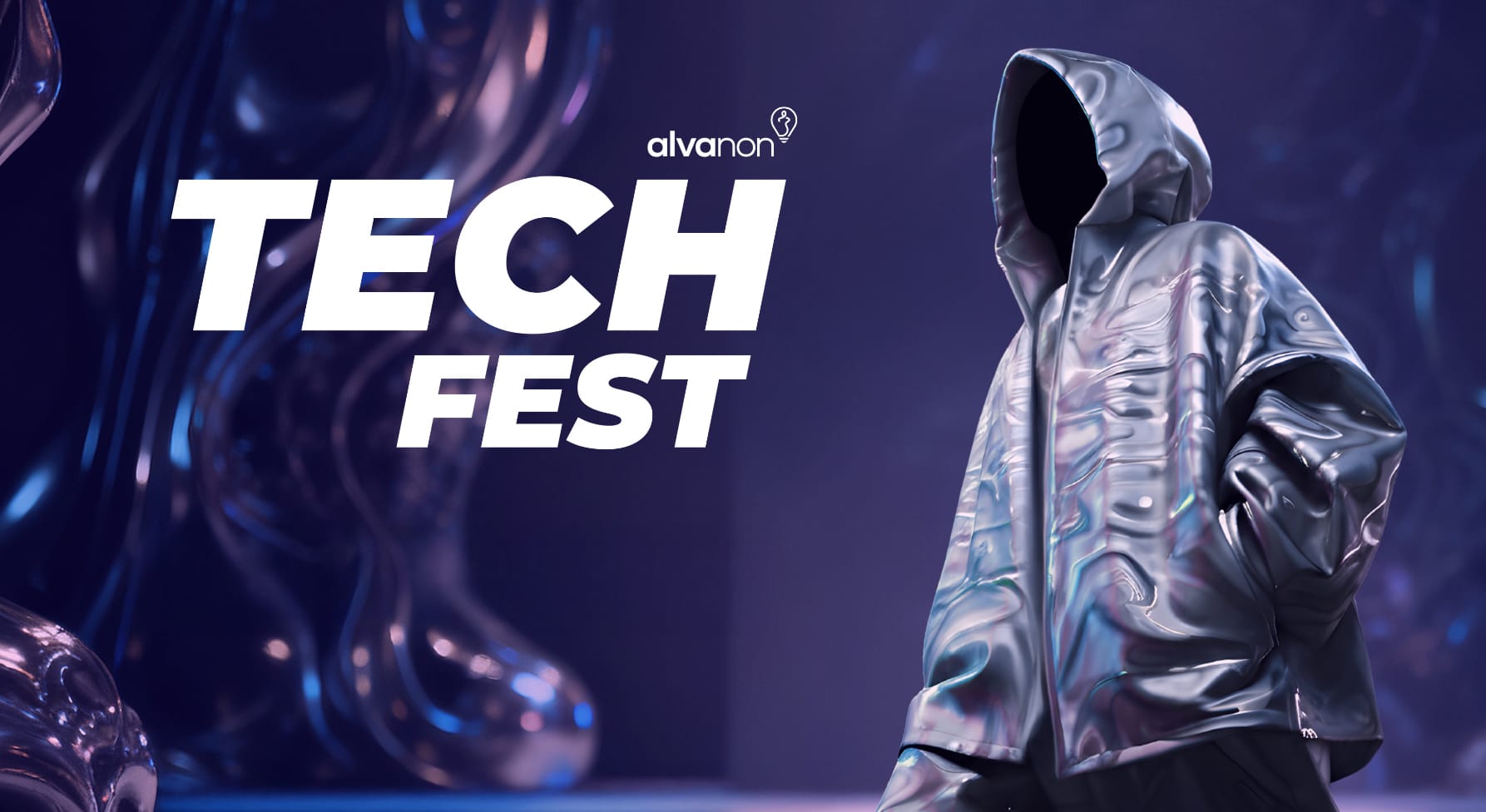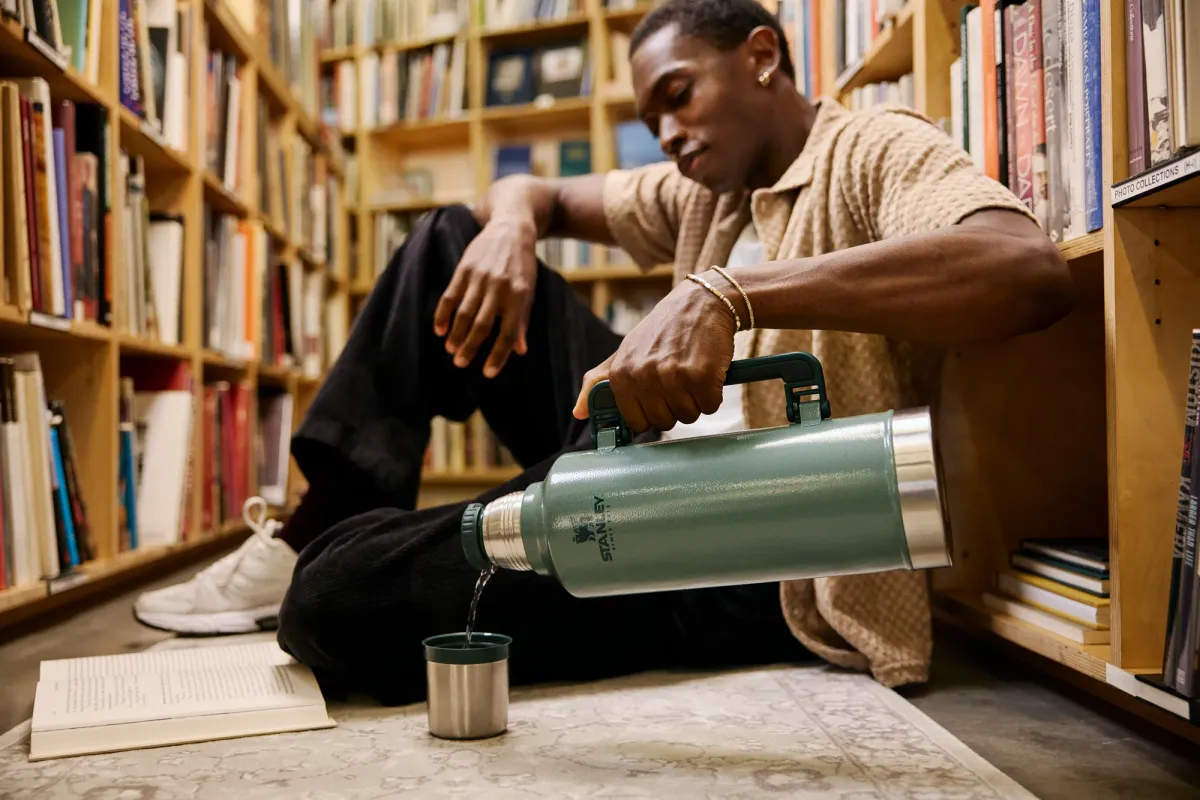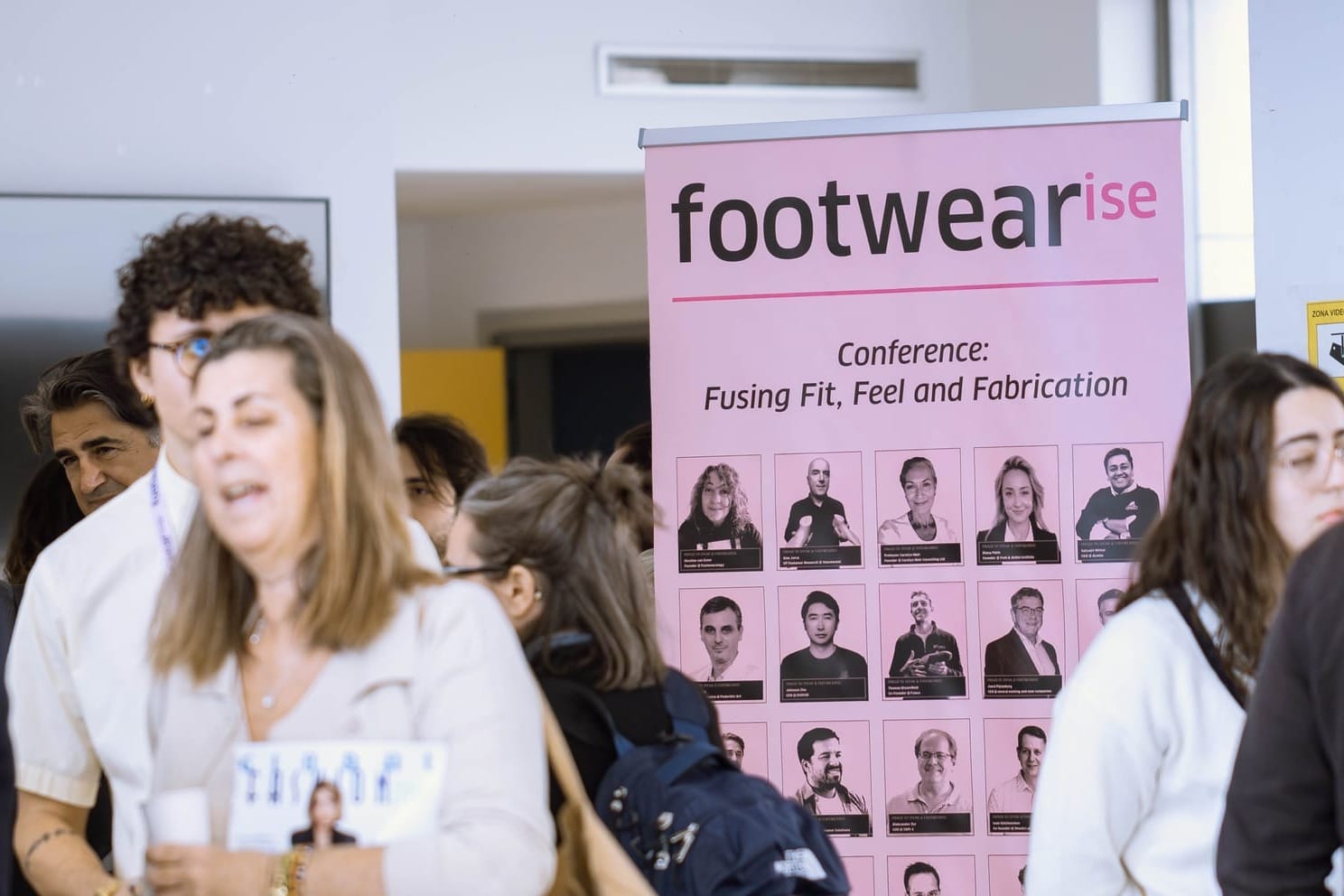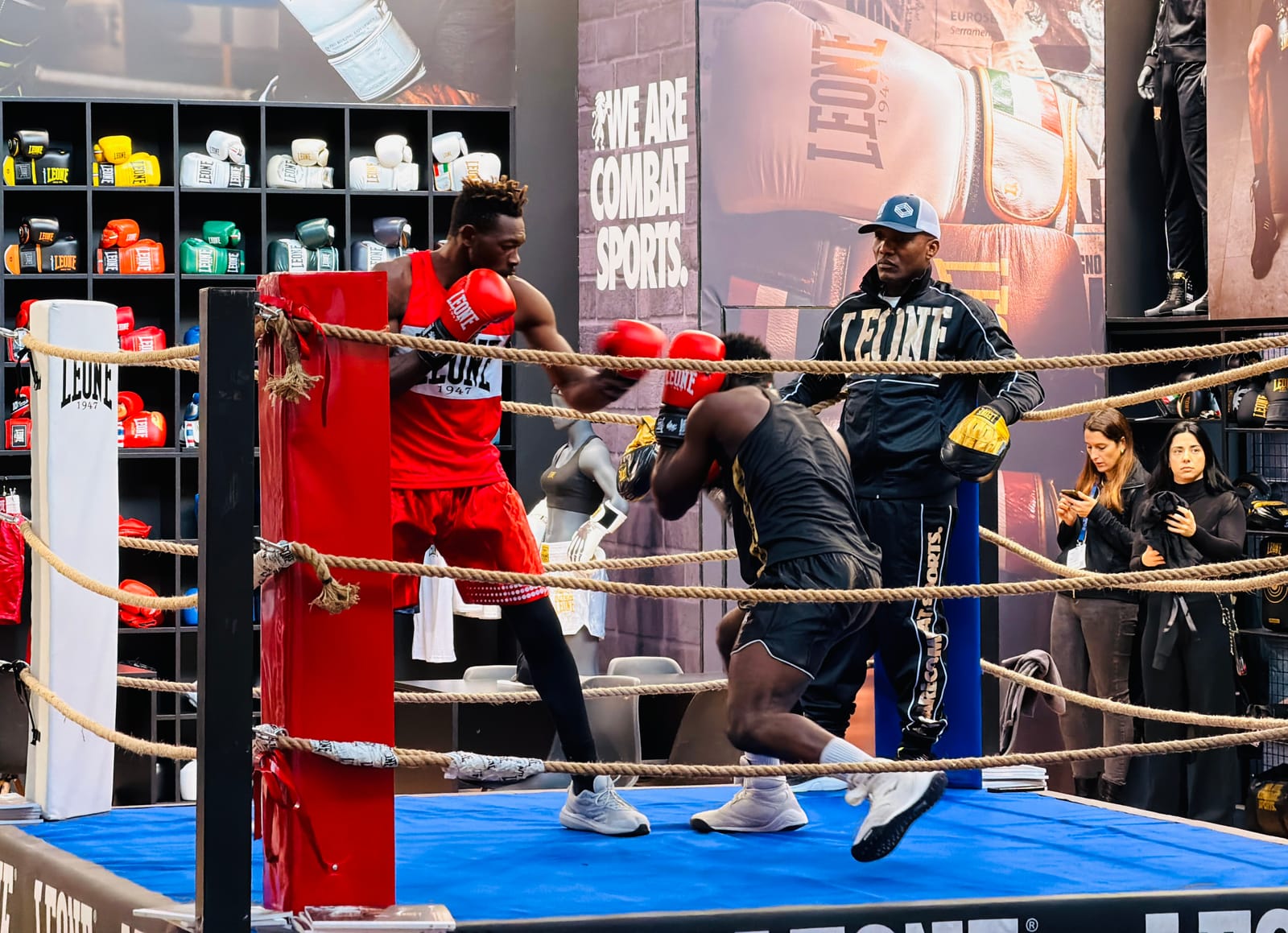The theme of this year’s Alvanon’s Tech Fest was unmistakable: AI is no longer a novelty. It’s threading through every layer of fashion’s lifecycle, from creative spark to consumer connection. What made the event especially compelling was the blend of legacy champions and new challengers - a reminder that fashion’s digital transformation is both a long-running conversation and a fast-evolving one.
And unlike the slow, decades-long climb of CAD, PLM, or even 3D, AI is advancing at breakneck speed. “What took decades with CAD and PLM is happening in a fraction of the time with AI,” said Alvanon CEO Janice Wang. That leapfrogging effect is both thrilling and destabilizing, leaving many teams caught between outdated workflows and unproven experiments.
Across sessions, the question wasn’t if AI will transform design, supply chains, and retail, but how those transformations can remain human-centered, responsible, and impactful.
Imagination at the Core
Janice Wang opened with a call to break free from silos. “We need to see the fashion ecosystem become one big holistic circle,” she said, noting that 3D isn’t disappearing but instead becoming part of a wider toolset AI will weave together.
Joshua Young, speaking next, reminded the audience that while AI feels inevitable, the reality is sobering: an estimated 95% of AI projects fail to scale. His advice was to focus less on pilots and more on asking the right hard questions: What problem are we solving? Do we have the data to solve it? And are we prepared to change the process, not just add another tool?
Having led multiple digital transformation projects, Joshua argued that the real barrier isn’t the technology but us. “The imagination of the people using the tools is the true bottleneck,” he said. “Not the algorithms, not the compute power - it’s whether we can imagine new processes and have the courage to experiment with them.”
That tension - between technology’s promise and human imagination - echoed throughout the day. Creativity, process, and mindset will determine how far AI takes fashion.
Creativity Meets Collaboration
If imagination was the rallying cry, collaboration was its practical echo. Colin Israel and Camille Palmer (Black Ink) reminded the audience that 3D remains the backbone of development: “At some point, I might be able to make a garment with AI, but 3D isn’t going anywhere.”
Jonathan Beals (Adobe) stressed the need for collective learning: “Learning these tools is not a solo sport. You have to do it with friends.”
That spirit came alive in Hun Kim’s reflections from the KARL LAGERFELD studio. For him, AI isn’t just an ideation shortcut but a partner. “I use it as a collaborator to move ideas forward, not just faster but differently,” he explained. Kim has been experimenting with agentic AI to stage fashion shows and generate garment imagery that tests design intent in new ways. “I’m not asking it to design like me. I’m asking it to push me.”
Taken together, they stressed that AI’s creative potential will be unlocked not in isolation, but in dialogue between designers, technologists, and even the machines themselves.
Rebuilding Fashion’s Foundations
On the manufacturing side, urgency was the dominant theme. Ahmed Zaidi (Hyran Technologies) didn’t mince words: “Supply chains can’t keep up with the speed of culture.” Global instability and outdated planning cycles, he argued, make agility more valuable than efficiency.
Brad Ballentine (MAS ACME USA) added a practical warning: “The most important thing you can do is go to your factories and actually understand how your products get made.” Zaidi put it even more bluntly: “If you don’t know which of your products are misaligned with your value chain, no AI in the world can help you.”
This theme of reality checks carried into Janice Wang’s sober assessment of virtual try-on. Despite flashy demos from platforms like Nano Banana, she cautioned that adoption remains shallow. “The hype has outpaced the reality,” she said. Without shared standards for accuracy and interoperability, VTO risks becoming another gimmick. “If we don’t set the ground rules now, we’re building on sand.”
The Consumer Connection
The retail conversation shifted the focus to where most shoppers will encounter AI: in the buying journey itself. Greg Petro (First Insight) reframed it as “from concept to conversion,” positioning AI as the connective tissue between what designers imagine and what consumers actually purchase.
Annie Haas (Stylitics) was quick to remind that personalization isn’t just data-driven but human-driven. “Too many digital experiences still feel engineered, not human,” she said. Yael Kochman (Re:Tech) echoed the concern, warning of over-engineered journeys that risk stripping consumers of agency.
Smarter retail doesn’t just mean faster clicks; it means journeys that are intuitive, empathetic, and rewarding; technology that feels like a companion, not a constraint.
Applied Innovation, Not Magic
Barry McGeough (AmeriCo. Group) closed the event by zooming out. AI, he noted, is already woven into daily life - “We’re all the frog in the pot,” he quipped. “It’s heating up around us, and most of us haven’t even noticed.”
But ubiquity is not the same as maturity. Applied innovation, he argued, is messy and multidisciplinary. To make AI impactful requires patience, multiple tools, and cultural sensitivity. He pointed to Vogue’s recent use of AI-generated models - and the backlash that followed - as evidence that crossing the “uncanny valley” isn’t the endgame. “We’ve crossed it,” he said, “but the question is, do we actually want to live there?”
His closing message? “The real test isn’t whether we can use AI, but whether we can use it responsibly, creatively, and at scale.”
My main takeaway from Tech Fest 2025 was this:
AI’s role in fashion isn’t about replacing creativity, craft, or culture, but about amplifying them. But amplification alone isn’t enough; the real breakthroughs will come when imagination, process, and collaboration evolve together.
That’s why gatherings like this matter. In a moment when the industry is wrestling with doubt, scale-back, and a flood of hype and misinformation, bringing champions together in open dialogue is more than symbolic...it’s essential. These forums give the industry the courage, clarity, and collective imagination it needs to move forward.
A huge well done to the Alvanon team - I speak from experience when I say curating these forums is no easy task, especially online.
The future of fashion won’t be shaped by technology alone; it will be shaped by the people bold enough to experiment, share, and lead the way forward. How ready are we, as an industry, to take this on?






